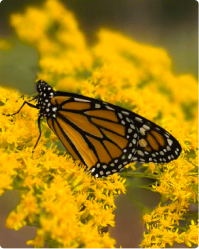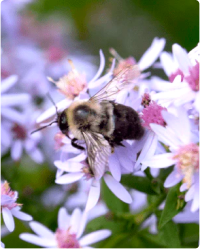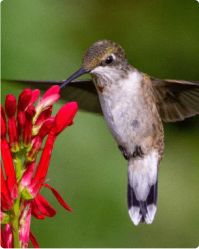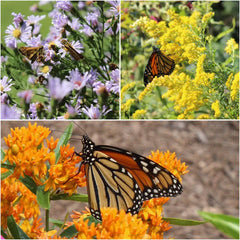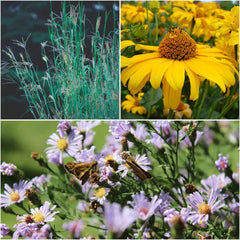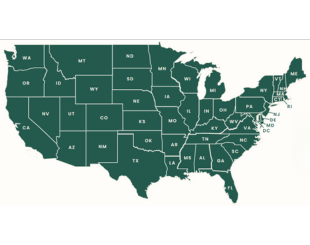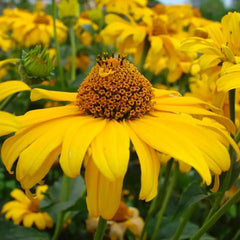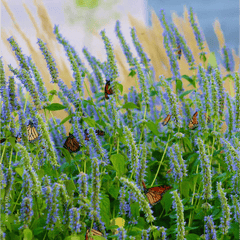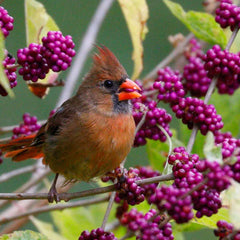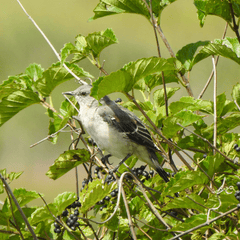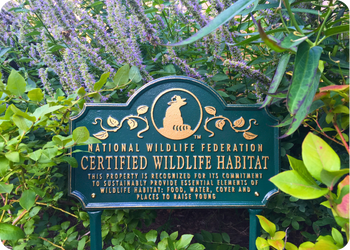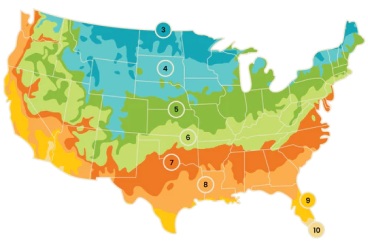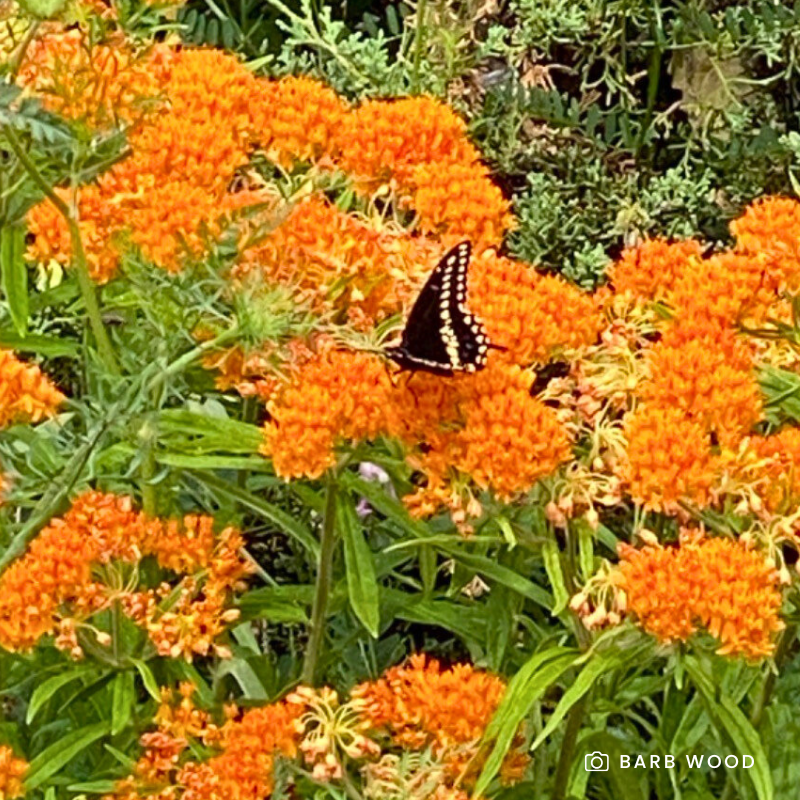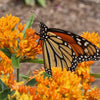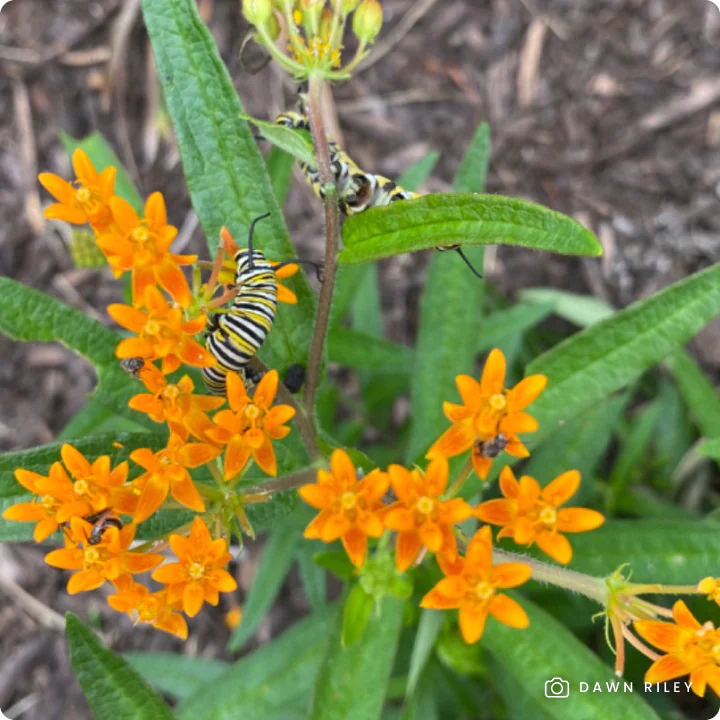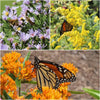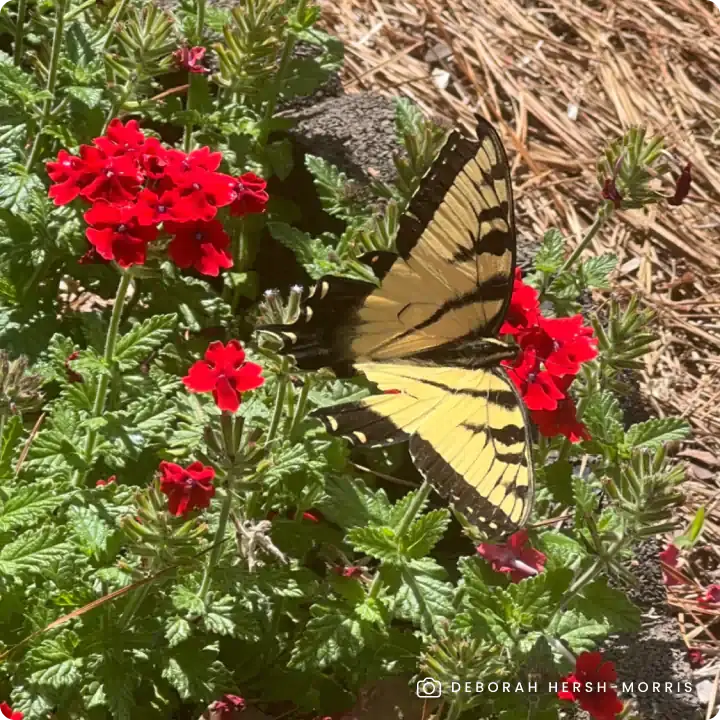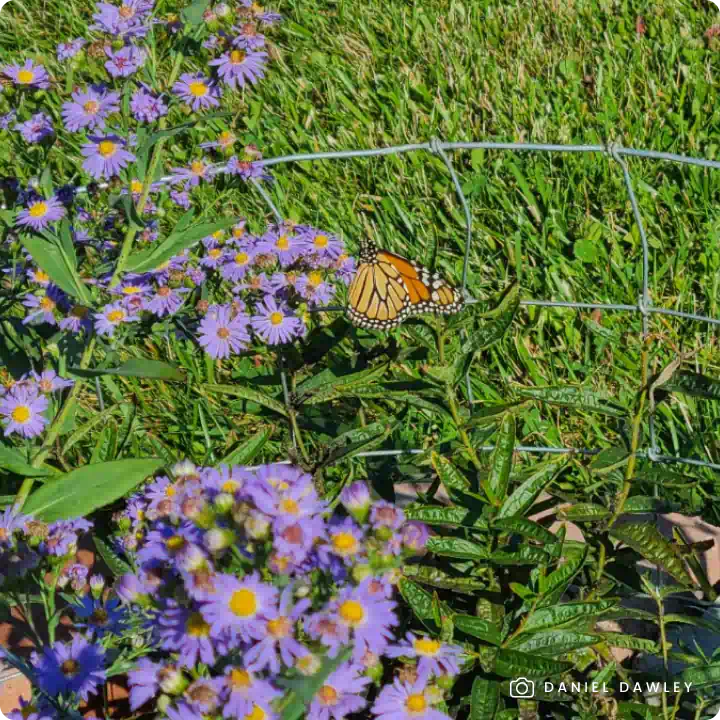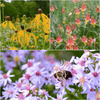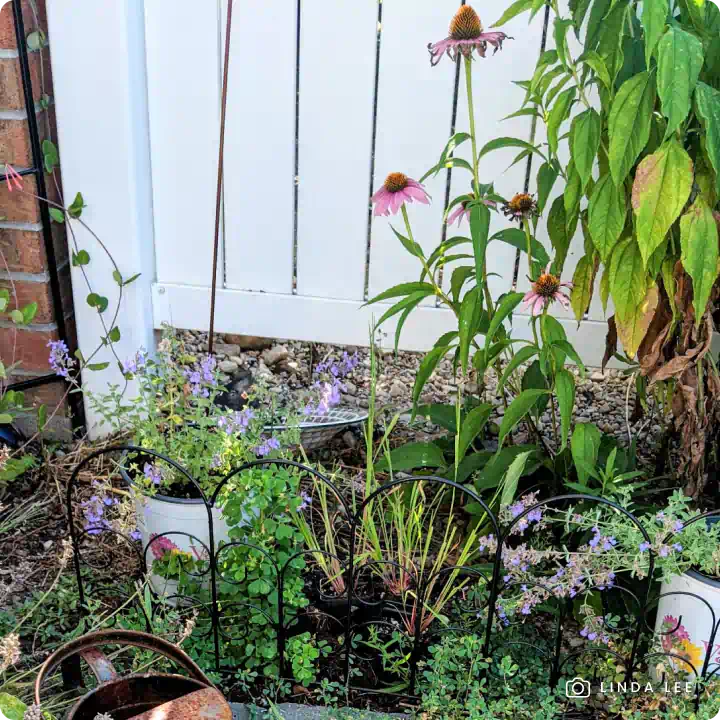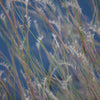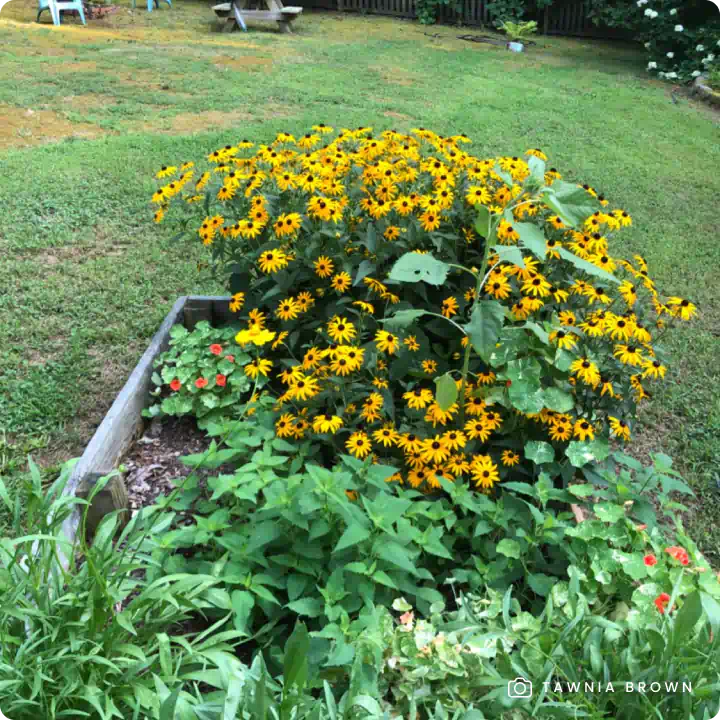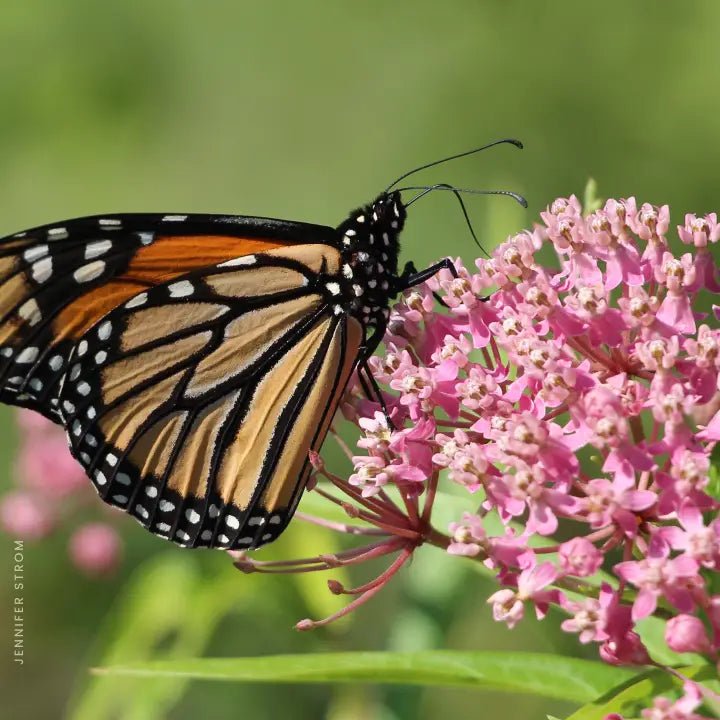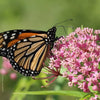Bring unique autumn charm and year-round interest to your garden with the Witchhazel Shrub (Hamamelis virginiana). This versatile native deciduous shrub typically grows 15 ft. tall, but can reach up to 35 ft. in height, forming an irregular, open crown with large, crooked, spreading branches.
The most distinctive feature of Witchhazel is its unique floral display. Fragrant, yellow flowers with strap-like, crumpled petals appear in the fall, often persisting for some time after leaf drop. These showy, streamer-looking flowers can vary from bright yellow to hues of orange. The lettuce-green leaves maintain their rich consistency into fall, when they turn a brilliant gold. The bark is smooth and gray.
Witchhazel provides significant wildlife value. Its blooms are visited by select species of moths, gnats, and small bees. It's a food source and host plant for 60+ species of moths and butterflies, and birds such as wild turkeys eat the seeds. The fruit capsules mature a year after flowering, splitting open to explosively expel seeds up to 30 feet away, which are attractive to ground-foraging birds like Ruffed Grouse, Northern Bobwhite, and Wild Turkey. Small mammals may also eat the seed capsules. The horizontal branching is appealing for low-nesting bird species, including Wood Thrushes and Flycatchers.
Historically, the aromatic extract of Witchhazel leaves, twigs, and bark has been used in astringent lotions and to treat cuts, skin conditions like rashes, and insect bites. Its wood was traditionally used for divining rods in a myth to locate underground water. The botanical name, Hamamelis, translates to “together with fruit,” referring to the unique occurrence of both flowers and fruit at the same time in some native North American species.
Why Grow Witchhazel?
- Unique Fall Blooms: Provides fragrant yellow to orange, strap-like flowers in autumn, a time when most other plants are fading.
- Year-Round Interest: Offers stunning fall foliage, distinctive winter bark, and persistent flowers.
- Pollinator & Wildlife Support: Flowers provide crucial late-season nectar for moths, gnats, and small bees. Seeds and capsules are a food source for various birds and small mammals. It serves as a food source for moth and butterfly species.
- Adaptable & Resilient: Tolerates wet soils, pollution, shade, and poor soil. It is also tolerant of road salt and clay soil.
- Low Maintenance: Performs best on moister sites and tolerates a range of conditions once established.
- Pollinator-Safe: Grown non-GMO and free of harmful neonicotinoids, promoting a healthy ecosystem for pollinators and wildlife.
Available in a one-gallon container.
Planting Tips:
- Location: Plant in full sun to partial shade. Best flowering will be seen in full sun locations. Prefers moist, acidic, organically rich, and well-draining soil. It tolerates wet soils, pollution, and poor soil.
- Watering: Water regularly during the first growing season to establish roots. Once established, it tolerates seasonal drought and periodic flooding. Avoid extremely dry situations.
- Spacing: Plant shrubs 10-15 ft. apart to allow for its mature size and natural form.
- Maintenance: Minimal care is required. Prune in late fall or winter, if desired, to maintain shape or remove dead branches. Mulch around the base to retain moisture and suppress weeds.
For more information on planting, view our How to Plant Your Native Plants guide and other planting tips in the Garden for Wildlife Learning Center.
Add Witchhazel to your garden for its striking fall blooms, brilliant autumn color, and essential support for wildlife throughout the year!
